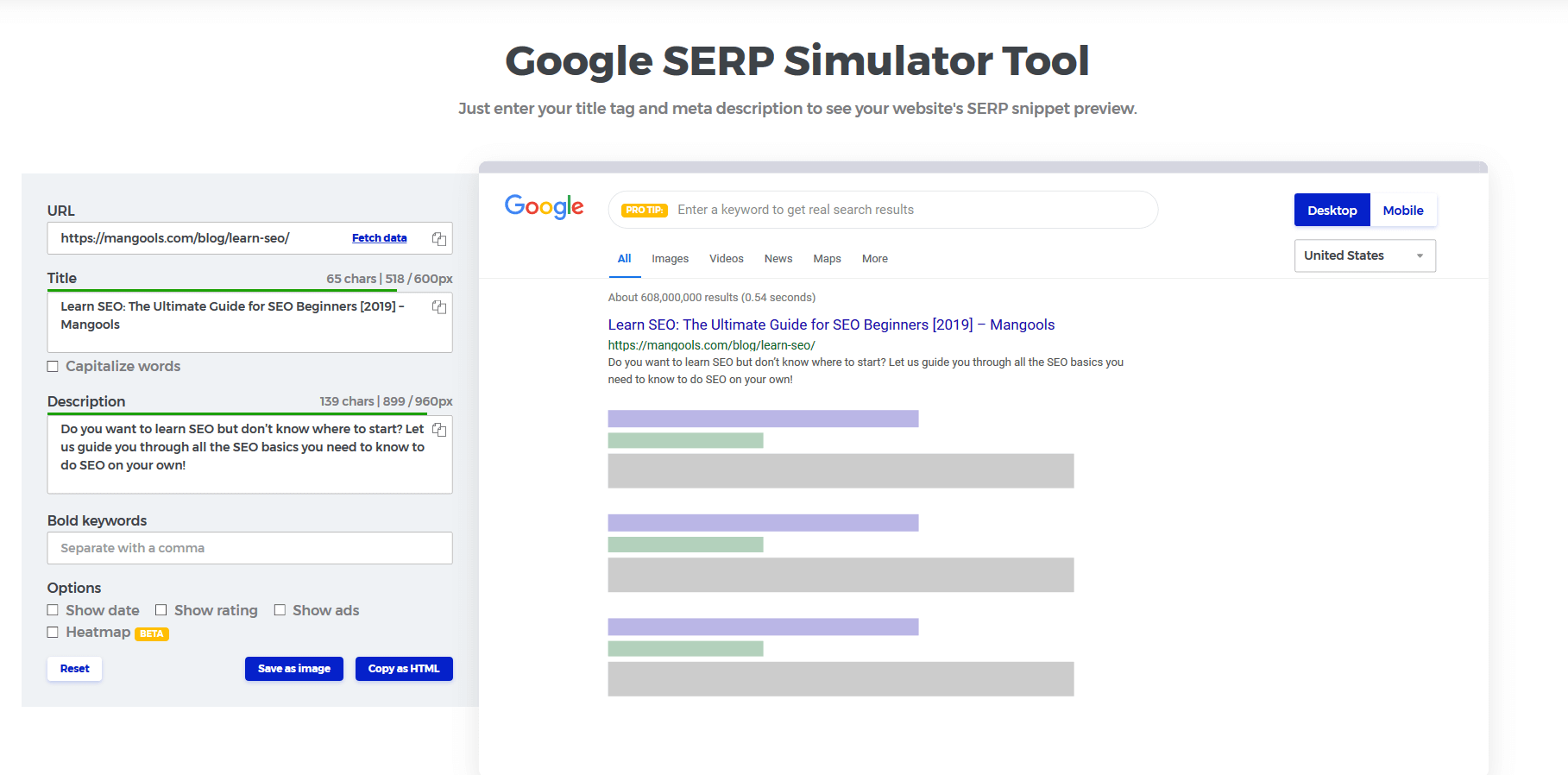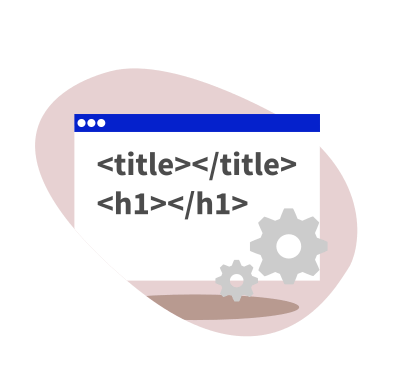
- #Pug template + adding nonce value to attribute how to
- #Pug template + adding nonce value to attribute install
- #Pug template + adding nonce value to attribute code
+row("Email", "data.email")(ngbindhtml="getTrusted(data.email)" ngShow="data.email & data.email != ''")īut at this point, its barely a template and I might as well just copy and paste, since I am already writing all the attributes for each row out separately even though they could be vastly simplified if I could just use string interpolation within attributes inside a pug mixin. Any string or number value given for attribute nonce is ignored and not set. Any non-string value specified is converted automatically into a string. A string containing the value to assign to the attribute. The attribute name is automatically converted to all lower-case when setAttribute () is called on an HTML element in an HTML document.
#Pug template + adding nonce value to attribute how to
You'll also learn how to render templates and pass data to a template in a route. A string specifying the name of the attribute whose value is to be set. +row("Telephone", "data.telephone")(ngbindhtml="getTrusted(data.telephone)" ngShow="data.telephone & data.telephone != ''") Use the Pug templating engine to create an HTML form based on a layout template template, and including reusable navigation components. +row("Registration", "data.registration")(ngShow="data.registration & data.registration != ''") Make an index.pug file, and an index.html file in the root project directory.
#Pug template + adding nonce value to attribute code
Step 2: Open the project folder code editor.
#Pug template + adding nonce value to attribute install
g is for global install and it is optional. The syntax of pug makes it a very clean and effective. Project Setup: Step 1: Install pug by running the following command.

We can say that pug is the middleman who plays a role to convert the injected data and translate it into html syntax. We’ll get on to using JavaScript in Pug in the next section. +row("Donation", "data.donation")(ngShow="data.donation & data.donation != ''") Pug in node.js is a template engine that uses case sensitive syntax to generate html, in other words it returns a string of html rendered as per data specified in a pug file. For example, you could use JavaScript to include variables in your attributes, or assign an array of values to an attribute. +row("Check-in", "data.checkin")(ngShow="data.checkin & data.checkin != ''") +row("Accommodation", "data.accommodation")(ngShow="data.accommodation & data.accommodation != ''") +row("Venue", "data.venue")(ngShow="data.venue & data.venue != ''")


Span(class="preserve-newlines" ng-bind-html!=attributes.ngbindhtml)= ""


 0 kommentar(er)
0 kommentar(er)
